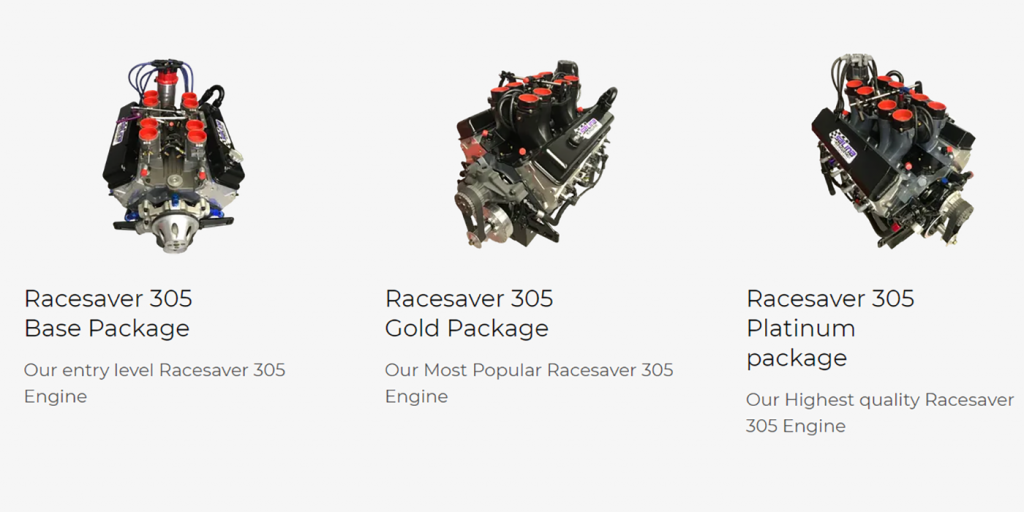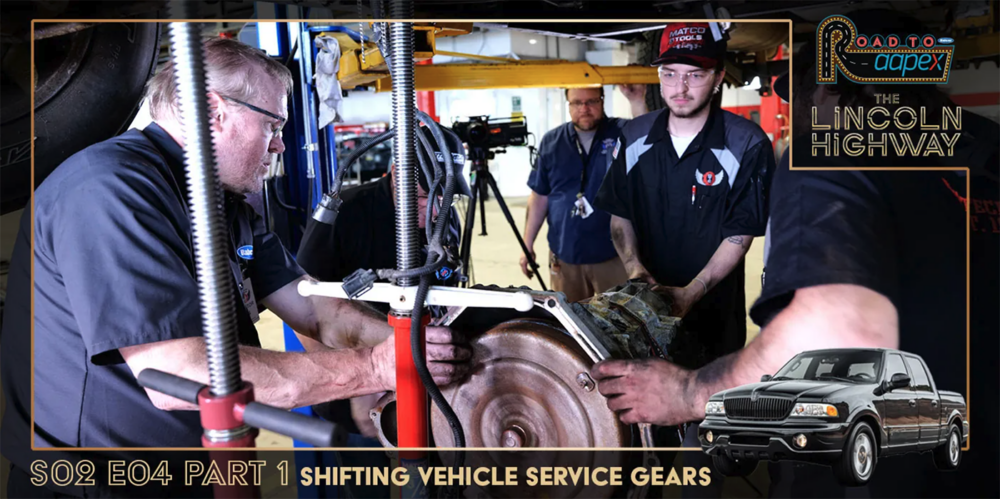Beating the Crate Engine at its Own Game
It doesn’t take rocket science to understand why crate engines have become a popular option for certain forms of racing, hot rodding or various car projects. They’re straight forward, ready for install, you know the horsepower you get, you know the price, and that price is generally inexpensive. On the flip side, when you enter a typical engine shop or make a phone call, you’re starting from scratch every time. You need to discuss the application, the expected horsepower, the various components, and of course, the budget. Each situation is unique and its often more work for both the customer and the engine builder. It may be time to do business a slightly different way.
As the old saying goes, “If you can’t beat ‘em, join ‘em,” and that’s exactly what many engine builders are doing. They’re developing their own race engine packages for customers to select from. Even better than a crate engine, multiple levels of builds are usually offered and customers can still make it uniquely their own with various upgrades beyond the standard package.
We recently spoke with a couple engine builders who offer engine packages about why they started doing it, how it has helped business (inside and out) and how they’ve seen customers react to it versus the old way of selling an engine build.
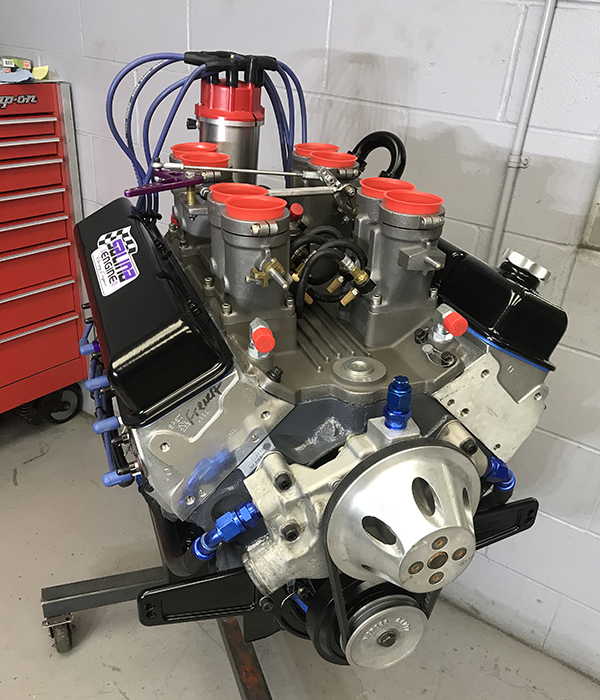
“Pick a formula that’s repeatable, verify your horsepower, create your marketing and you have an engine package,” says Engine Pro’s Dave Sutton. “There are many shops pushing an engine package program today.”
One such builder is Dewaine McGunegill of McGunegill Engine Performance in Muncie, IN. His Equalizer engines, which come in both GM and Ford platforms for Super Late Model are some of the shop’s best-selling engine packages.
McGunegill also offers a package for circle track and several Pro Sportsman engine packages for drag racing applications. All packages have a base price and can be added onto depending on the customer’s budget and needs.
Another shop using engine packages to promote its builds is Salina Engine in Salina, KS. The shop specializes in Sprint Car engines and changed its business model to engine packages about four years ago.
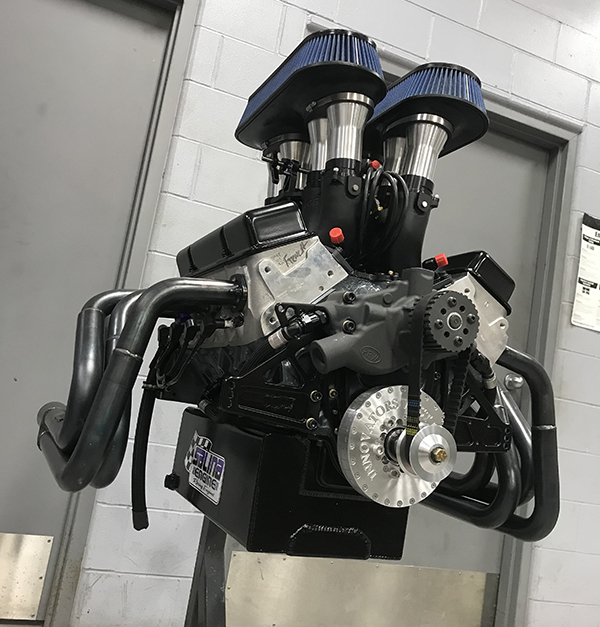
“There were two main reasons for starting engine packages,” says Adam Cofer of Salina Engine. “As far as trying to sell new engines, it seemed like when people would call, we’d just have a general price – it’s $45,000 or $50,000 – or whatever the number would be. Then we would move forward and build something from there. The engine packages have allowed us to have concrete numbers when someone calls up. I can open up the spreadsheet on the computer and tell them, ‘If you want something like this, this is what the price is going to be. If you want something the next step up, this is what the price is going to be’ and so on and so forth. It gave us a way to instantaneously communicate with the customer while they were on the phone with us and we didn’t have to put an estimate together and give them a call back.”
According to Cofer, marketing these different engine packages has also opened up the shop’s business outside its regional base in Kansas.
“We get a lot of phone calls from Australia in the off season from guys wanting to get some work done,” Cofer says. “We also get a lot of customers in California. It’s increased interests. The industry is pretty competitive and it’s definitely opened a lot of people’s eyes up to who we are and what we do and gotten us outside of our local base.”
Salina Engine’s race packages surround the 305 and 360 Sprint Car engines, where the shop offers a base, gold and platinum option to customers.
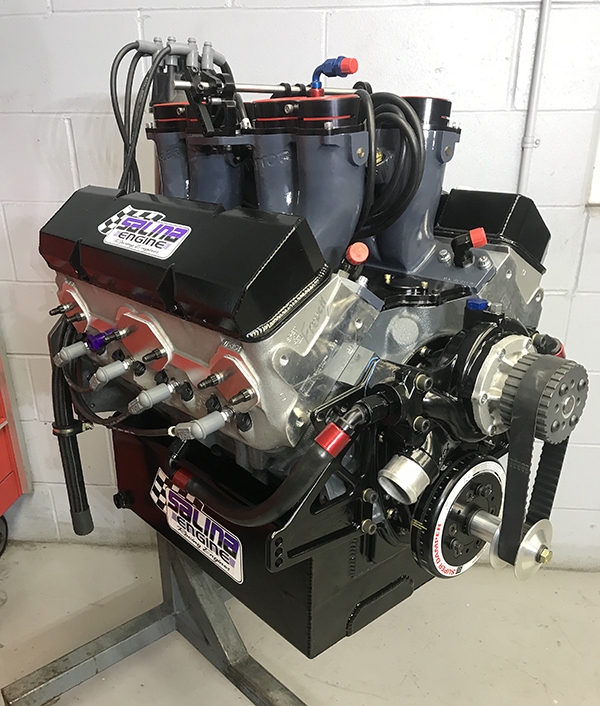
“We went through and put together a group of different levels for the classes that we work with,” Cofer says. “Starting with the 305 sprints, we’ve got kind of a good, better, best. We use the same sort of philosophy on our 360 sprint car stuff and we’ll give customers options to modify it however they want to.
“The way we have our setup is it’s about $10,000 per price point on the 360s. On the 305s, it’s more like $3,000 to $5,000 per price point. On our 305s, there are some differences in the rotating assemblies. The biggest difference in cost with those is we go from a stock block to an aftermarket block on our highest level. In general, they get lighter and more reliable as the cost goes up.
“That applies even more so on our 360 packages. On our 360s, it may be that the entry level package is 15 or 20 lbs. heavier than our highest level. As the components get lighter, they get more expensive. In addition, the reliability and rpm capability tends to increase as the cost goes up because we put some better items in the valvetrain and build the combination towards being capable of turning more rpm. A lot of the increased cost is also in the external pieces when you start talking about a fabricated cover versus a cast valve cover or things like better quality water pumps.”
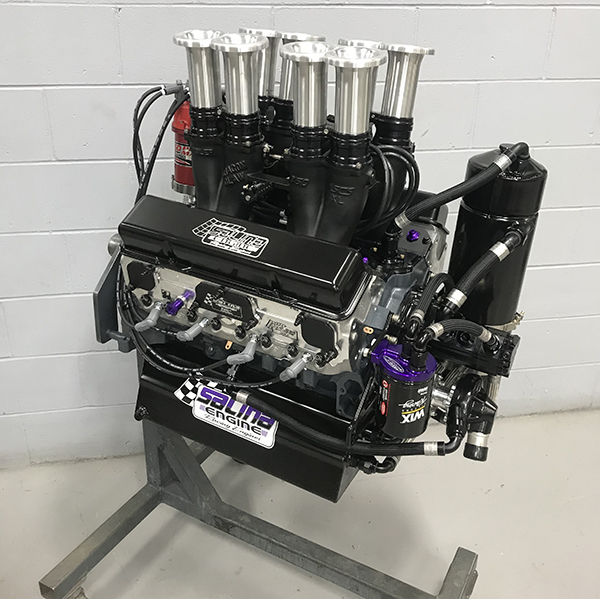
Another engine builder who has adopted engine packages is Zach Smith, owner of ZSR Engines in Kaiser, MO. His shop focuses solely on Ford engines for street and racing applications.
“We’ve started putting complete packages together rather than just having short blocks and long blocks listed,” Smith says. “I wanted to start doing engine packages so customers had something to look at beforehand to give them a general price point or horsepower level of a certain combination versus starting from scratch with every phone call. Although customers can alter the package, it’s just a good base to start from.”
Smith compares buying an engine package to going out to a restaurant. Image the confusion at the table if you weren’t given any menus to order from.
“Rather than people calling without a real idea of what they’re going to get, an engine package gives you that up front,” Smith says. “I liken it to going to a restaurant. If you go to a restaurant and you don’t have a menu, you have to ask what do you have? What does anything cost? That was my main reason for adopting the engine package model.”
Similar to Salina Engine, ZSR offers customer several options depending on what their budgets and goals are, and from there, slight changes can be made.
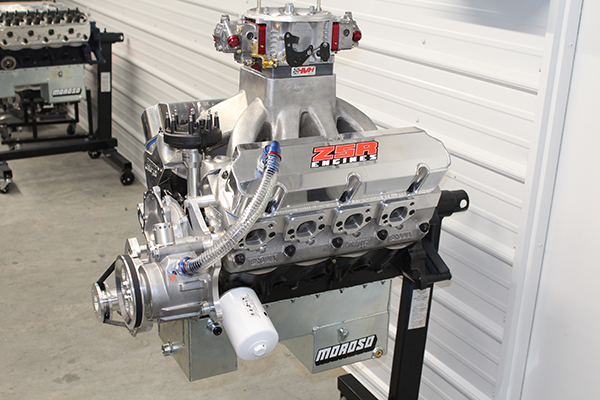
“We start with street-based engines,” Smith says. “We have a few different deck height and cubic inch options for pump gas, street engine stuff. Then I have a line of what we call the Sportsman series. Then we have what we call the Elite series, which is the real heavy, power adder, race engine. That’s our good, better and best – two options for the race stuff and one package for the street naturally aspirated engines.”
ZSR’s Street packages range from $11,000 to $13,000. These are complete carburetor to pan or throttle body to pan builds, and they make roughly 525 to 575 hp. The Sportsman package has a naturally aspirated option that’s $13,000 and makes 665 horsepower, as well as a power adder option (sold without the specific power adder) that is $12,000 and makes around 1,200 horsepower.
ZSR’s Elite series offers both a naturally aspirated complete engine option and a power adder long block option, each for $22,000. The NA build boasts 875 horsepower, while the power adder long block is set up for 2,000 horsepower.
From each of these starting points ZSR allows customers to make tweaks to the build to fit individual needs better.
Pick a formula that’s repeatable, verify your horsepower, create your marketing and you have an engine package. – Dave Sutton, Engine Pro
“I would say it’s probably 60/40 in favor of wanting to make changes,” he says. “I don’t build anything ahead of time, so for most of them there’s no real upcharge to swap certain elements, unless we completely change components. If we do bigger cubic inch or change the compression, it’s the same price and we do that quite a bit.”
Another large advantage of following an engine package business model is having a better understanding of your build time, parts selection and ordering process than you otherwise would. Salina Engine maintains a spreadsheet with its various engine packages and parts to make the process simple and quick when a new order comes in.
“We’ve got a group of parts put together on some spreadsheets that we go through to know to order this part today and then three weeks from now we need to order this part,” Cofer says. “It gives us a timeframe for keeping the workflow going so we don’t have a bunch of parts sitting on the shelf that we don’t need. The first things we order are the block, the rotating assembly and Kinsler injection, if it’s got that, because typically those are some of the farther out pieces.
“I can also organize the parts by vendor so I can put in my order to X warehouse with everything that needs to come from there. I can get it all in one shot so I don’t have to wait on individual pieces.”
In addition, having an organized method to your race engine packages can also help you price out your builds more competitively.
“The intent of our base 360 package was to attempt to curb the cost of 360 Sprint Car engines,” Cofer says. “Most high end 360s range anywhere from $45,000 to $55,000 for a complete new engine. With our base package, we were able to get this price down to $35,000 and still have a reliable, lightweight and powerful combination.
“Because we have a list of what’s in each one of those motors, we can, a couple of times a year, go through and update the pricing on that so we can keep our prices current and update them periodically.”
While both Salina Engine and ZSR Engines don’t build engine packages before an order is made, that’s not to say you couldn’t as a way to save yourself time. However, if that engine doesn’t sell, you’re looking at sunk costs and having to store the engine or engines.
Overall, with the competitive nature that is racing and engine building, it seems builders are getting wins from adopting the engine package model, and there is a lot of upside owners are seeing in numerous areas of the business.
“It has definitely helped,” Smith says. “For one, when you do advertise horsepower numbers, that’s what sells engines to a certain extent. People like to see that versus you saying it should make X when it’s all said and done after they’ve paid for it. And, if customers actually look at what’s included, I think that helps you because every shop advertises either complete or long block form builds. People get kind of confused on what’s really included. If you have a package, customers know what they’re getting.”
At the end of the day, there’s very little harm in trying this out in your own shop. Every shop has certain engines they specialize in more so than others, so create an engine package around those more popular platforms, develop the parts list, cost, the performance numbers, market it online, and see if customers bite.
“Creating engine packages is a good thing,” Smith says. “Even if they’re not a hot seller, it’s worthwhile to do because it gives potential customers something to look at. It could be exactly what they’re after.”
If it doesn’t bring in more business, you haven’t gained or lost a thing. Stop losing out to crate engines and give an engine package a try! EB

